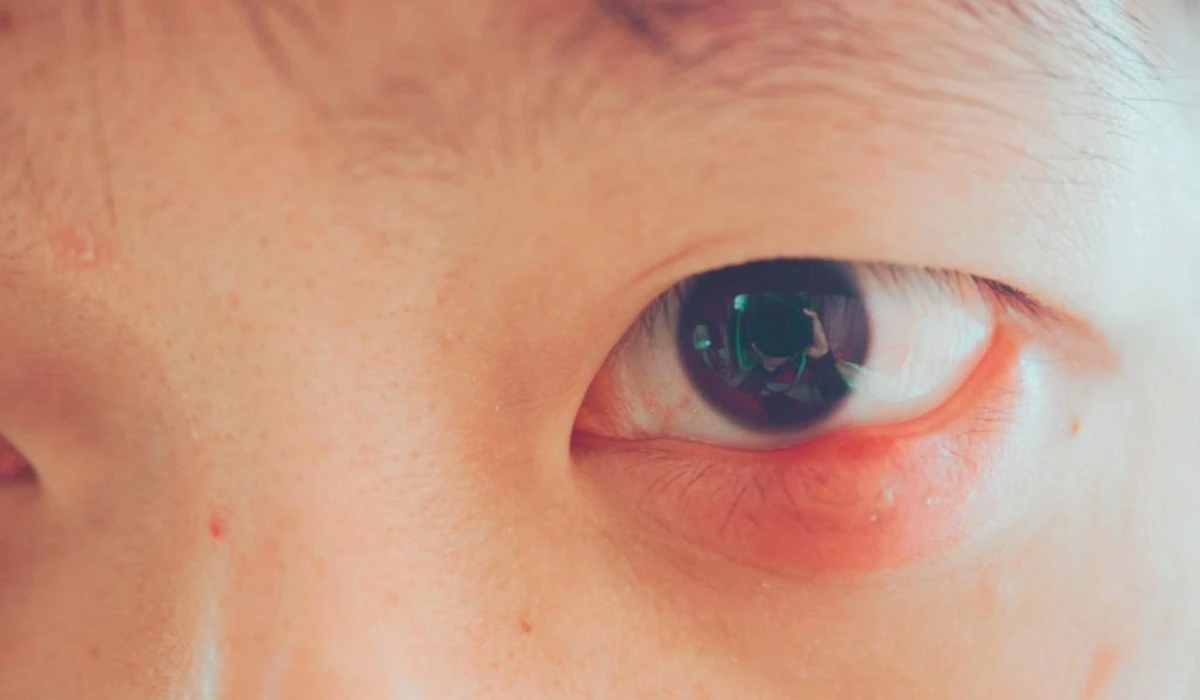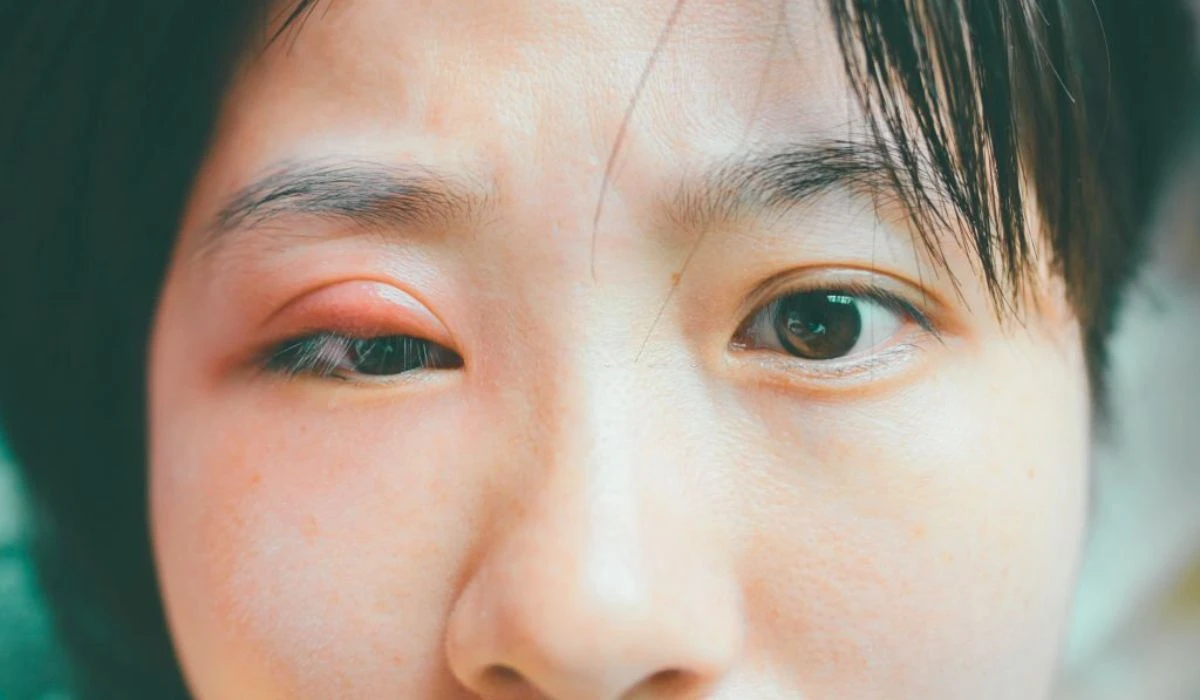Eyes – so delicate and vital! They can be prone to conditions such as eye styes. These little red bumps occur along the eyelids and can cause pain and discomfort. What causes these styes? And how can they be treated?
Eye styes are also known as hordeolum. They are caused by an infection from Staphylococcus aureus in the oil glands at the base of eyelashes. This bacterium causes inflammation and blockage, leading to a red bump as the pus accumulates.
Definition And Causes Of Eye Styes
An eye stye, also known as a hordeolum, is a painful bump on the eyelid. It happens when bacteria get into the oil gland or hair follicle. This leads to swelling, redness, and tenderness.

Factors such as poor hygiene, touching the eyes with dirty hands, using contaminated or expired makeup, and wearing contact lenses for too long can cause an eye stye.
People with certain medical conditions like blepharitis or diabetes are more likely to get them. Stress and lack of sleep can make the immune system weak, making people more prone to these bumps.
Most eye styes will go away in 1-2 weeks without treatment. But, if not taken care of, they can become chalazion, bigger, and more stubborn bumps. Pain or vision problems may need medical attention.
Symptoms Of Eye Styes
To identify the symptoms of eye styes, envision common signs and discomfort. Familiarize yourself with the telltale indications and the discomfort experienced when dealing with eye styes.
- Redness
- Swelling
- Pain
These are all signs of a stye.
It’s essential to note that complications can arise if the infection spreads. In rare cases, a larger abscess may form.
Treating Eye Styes At home
To effectively treat eye styes at home, turn to cleanliness and hygiene, warm compresses, and ointments or creams. By incorporating these solutions, you can alleviate the discomfort caused by eye styes and promote faster healing.
Remember, maintaining proper cleanliness and utilizing warm compresses alongside appropriate ointments or creams can significantly improve your experience with treating eye styes at home.
✅ Cleanliness And Hygiene
Cleanliness and hygiene are essential to treating eye styes. Good hygiene helps with faster recovery and lowers the risk of infection. These tips will help:
- Wash your hands with soap and warm water before touching or treating the area.
- Gently clean the stye with a sterile cotton swab. Don’t use dirty fingers or towels.
- Until the stye is healed, don’t wear contact lenses. If you must put them on, make sure to disinfect them first.
- Keep your face clean by washing it with a mild cleanser. Don’t use harsh soaps or chemicals.
Don’t share personal items like towels or makeup. This can spread bacteria and worsen the condition.
Also, replace old eye makeup products regularly. Bacteria can build up in mascara, eyeliner, and eyeshadows, leading to infections.
✅ Warm Compresses
- Select a soft, clean cloth or towel for use on the delicate skin around the eyes.
- Make sure the warm water is not too hot.
- Soak the cloth in warm water and wring out any excess.
- Close your eyes and place the warm cloth over the affected area, applying gentle pressure.
- Hold it there for 5-10 minutes.
- You can repeat this process several times daily.
- Then, use a mild cleanser or baby shampoo diluted in water to cleanse the eyelids.
- To prevent styes, make sure to regularly wash your hands and avoid touching your eyes with dirty hands.
- Warm compresses promote blood circulation in the affected area, help bring pus/debris to the surface, and relax the surrounding muscles to alleviate stye-related pain or discomfort.
✅ Ointments Or Creams
Creams and ointments can be great for treating eye styes. They help decrease the pain and help with healing. Here’s what to remember when using them:
- Put a thin layer of cream or ointment directly on the stye.
- Wash your hands first to prevent infection.
- Creams and ointments with antibiotics can help fight bacterial infections that could be the cause of the stye.
- Don’t let the product get into your eye, it may cause irritation.
- Look at the instructions your healthcare professional gave you or read the package insert for more info on usage.
- If you have any bad reactions or if the stye gets worse, see your healthcare professional.
Also, some creams and ointments have anti-inflammatory elements which can help with swelling and pain.
When To Seek Medical Attention
To address when to seek medical attention for eye styes, delve into severe symptoms and complications.
- Intense, persistent chest pain
- Shortness of breath
- Sudden, severe headache
- Profuse bleeding
- Rapid heartbeat
- Severe abdominal pain
- Numbness
- Paralysis
If any of these sound familiar, pay attention! You could be experiencing a severe medical symptom or complication. Trust your instincts and consult a healthcare professional if you’re unsure. Don’t wait!
Also Read: How To Remove Dark Circles Overnight? Wake Up To Brighter Eyes

